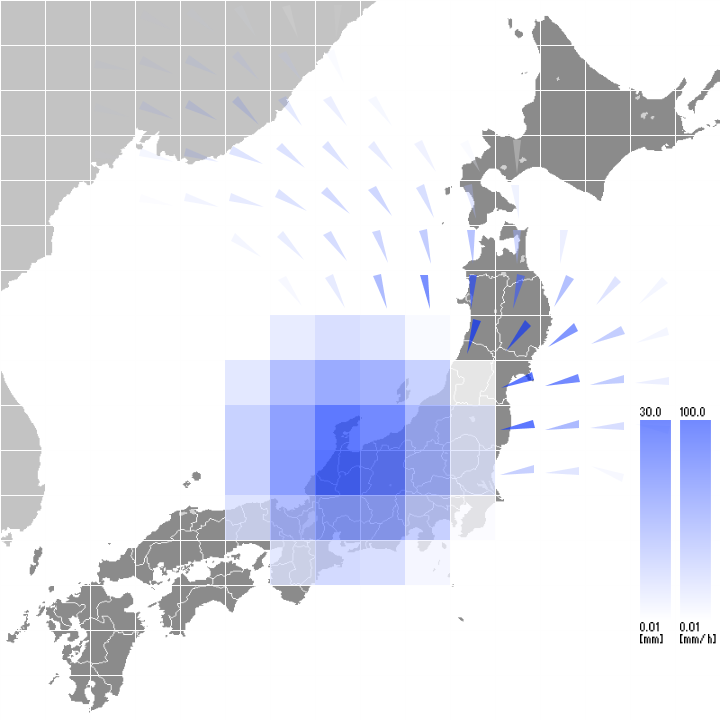Widespread use of GPS terminals has made it possible to collect geospatial movement data, and visualization is an effective method to understand such data. However, for large scale movement analysis, because the data set includes complex movements of individuals, it is difficult to understand using naive visualization methods. In order to solve this problem, we developed a visualization technique that can represent large scale movement data in an aggregate manner. This visualization technique has two representations: “amoeba representation” and “amoeba colony representation.” Amoeba representation represents the distance moved from a point in any direction with map scale in a geographical space, and amoeba colony representation represents movements over a wide geographical space.


